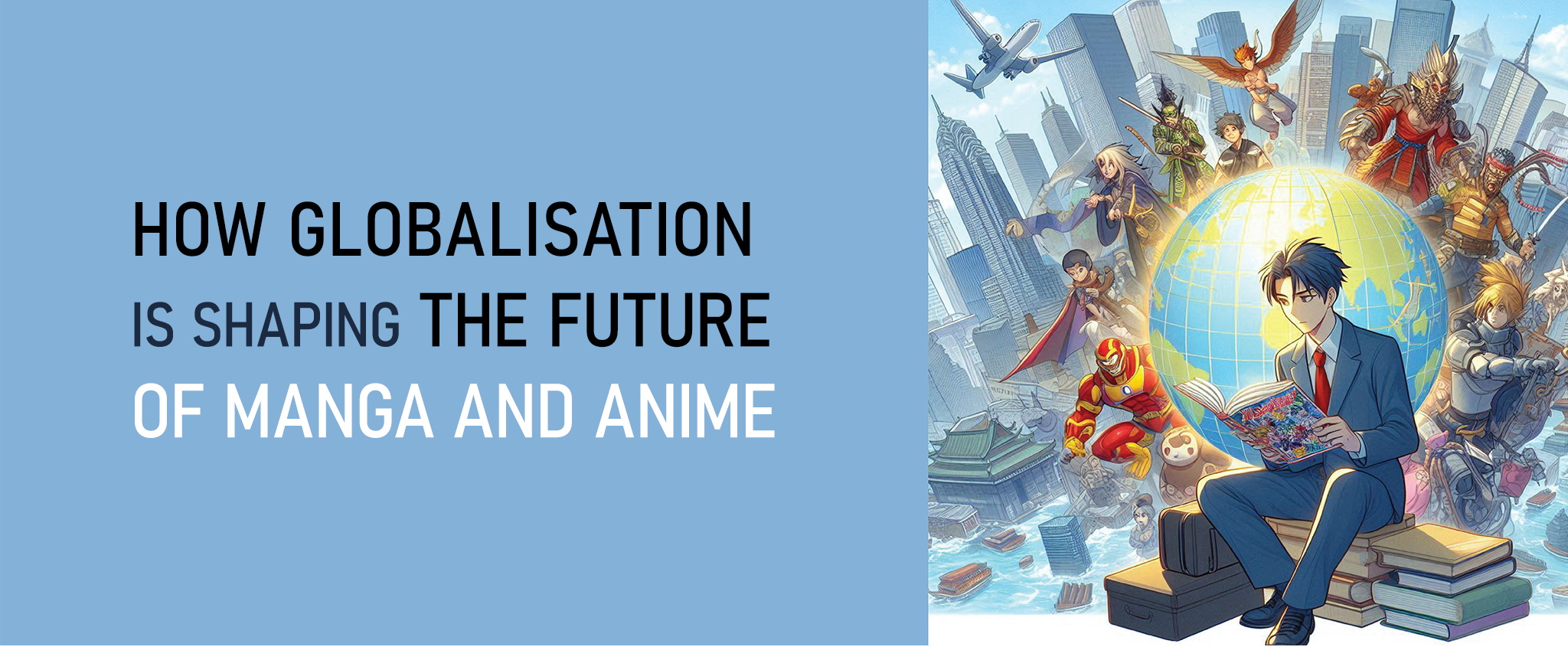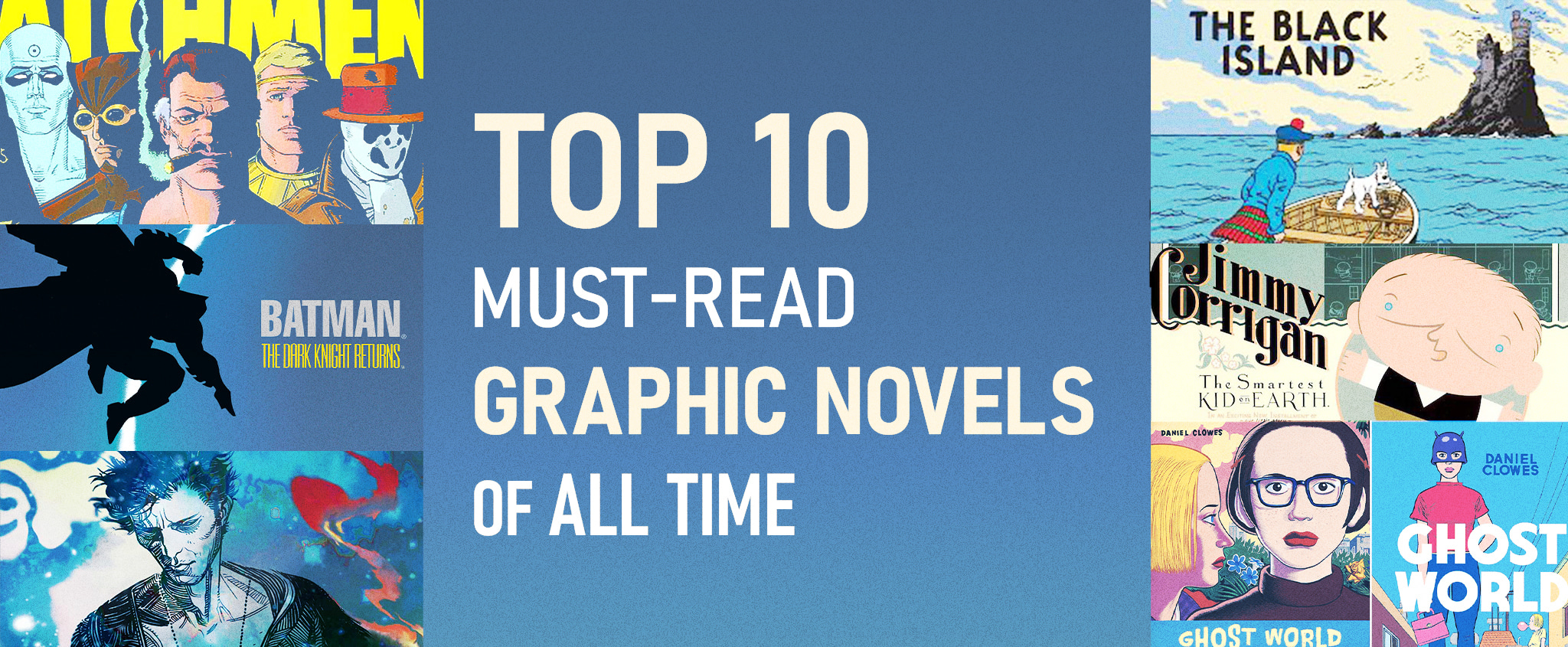Manga Translation Pitfalls and Quick Tips
A manga translation varies considerably from one translator to another. Aside from this, different approaches and preferences are used by publishers, adapters, and translation companies. If you are a new manga translator and want to learn more about how to do things correctly, a style guide is an excellent place to start.
This is not a “prime guide” on manga translation techniques. This is only a collection of ideas based on our observations and personal experiences. We aim to collect tips that have helped us in our business and help you get a more clear picture of this field.
When a manga is translated directly and literally into English, this may result in several odd English phrases. Especially in manga translation, the Japanese to English translation should be read as naturally as possible. However, because we are so familiar with the Japanese language, it may be easy to overlook the unnaturalness or oddities in the English version.
For a more natural-sounding translation, we offer a few tips:
- Read the translation out loud.
- You may use technologies such as text-to-speech to read the translation.
- Allow a friend or colleague to read the translation to you aloud.
- Read more English comics to help you understand the “flow” of the language and the standard of English in this type of literature.
Put more color to your translation
We at CCCI are fans of manga ourselves, and through general observation or during translation and editing, we have observed several frequent Japanese terms that are commonly literally translated into English, disregarding other more colorful expressions in English.
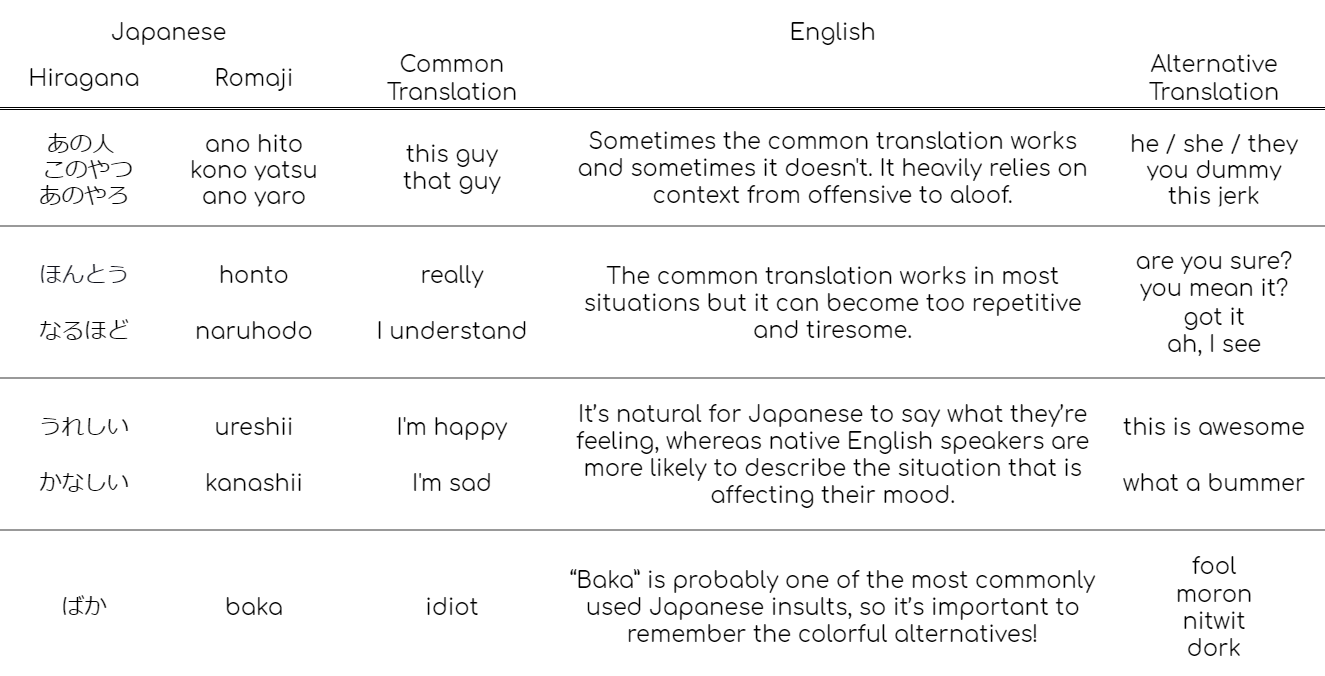
Thesaurus.com is a fantastic resource for discovering new synonyms for overused words or phrases. While repetition is common in Japanese, it may look strange to repeat these terms all the time in English. Keep an eye out for repetition and, if necessary, modify your translation!
Avoid “false friends”
In the translation industry, we have a term called “false friends”. These are Japanese terms with English roots that can have an entirely different meaning from the original English. They are also called “Japanglish”. With that said, don’t fall prey to the sound and spelling of these words! They can cause serious mistranslations and unnaturalness to your work.
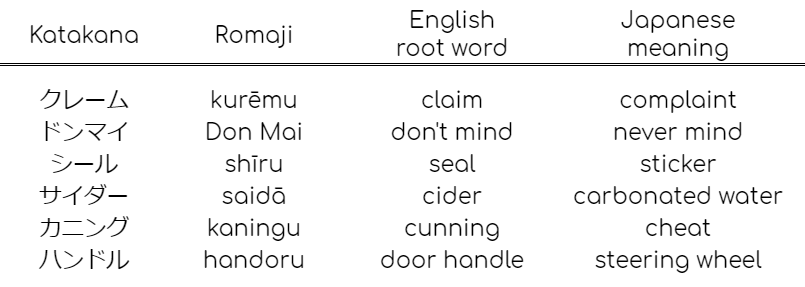
Be wary of SFXs or sound effects
Japanese katakana can be difficult to translate. A translator must carefully study the context of the sentence in order to communicate the tone. Japanese has a significant number of onomatopoeias that are not present in English. For example, Japanese uses the below SFX “しーん / shi—n” to denote silence; however, there is not specific onomatopoeia in English equivalent to this.

The key difference between the use of onomatopoeia in Japanese compared to English lies in the lack of variety in Japanese verbs and vocabulary. In English, there are more words/verbs that express different nuances. This is where onomatopoeia can be added to enhance and clarify the meaning.
Converting Japanese SFX to suitable English sounds is tough. Nonetheless, it never hurts to double-check the dictionary or various manga translation resources on the web, when you chance upon a word in katakana. Do not transliterate or just convert the Japanese words into romaji.
E.g. ドキドキ” (heartbeat sound)
✗ doki doki (romanized spelling of the Japanese)
✓ thump thump (English version of the onomatopoeia)
Here are some other examples of common Japanese SFXs and their best English onomatopoeia equivalent.

KISS (Keep It Short and Simple)
When literally converting Japanese into English, chances are that the English text becomes lengthy and difficult to understand. Furthermore, the more wordy the English becomes, the more room it demands on the page, which would make things difficult for the letterer or typesetter. Always remember that aside from the content, you are also trying to convey emotions and create an experience for the reader; do not make any possible causes of distraction!
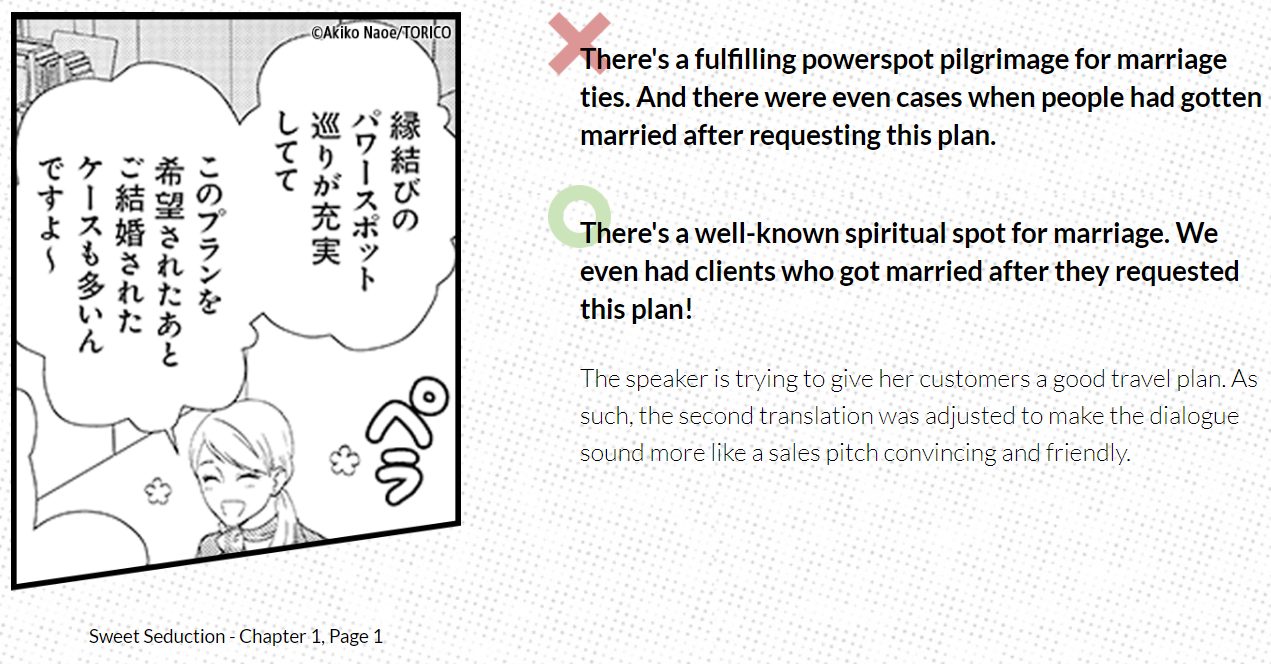
It is critical to be mindful of word choice from the start and to learn how to self-edit. According to Ken Rand’s book, The 10% Solution, any text could well be reduced by 10% to make it simpler and more pleasurable to read. Here are a few of Rand’s major points, if you don’t have an hour to read his book:
- After your initial re-read, spellcheck, and grammar check, take a break from the computer.
- Clear your head before returning to editing.
- Shorten the sounds one syllable at a time.
- Look for terms that are redundant and revise them.
- Ask yourself: do you find it easy to read your work, or do you find it difficult at times?
Create different voices for different characters
Manga characterization is entertaining and has the capacity to highlight a person’s best traits. Two individuals don’t talk in the same manner, so why should several manga characters sound the same? Let’s take a look at a character that is a “gyaru” (derived from English “girl,” generally defined as girls who are confident, sexy, and have loud personalities), who is conversing with a class representative. Slang and casual language would be used by the gyaru. Meanwhile, the representative of the class may talk in a more ladylike, but non-aristocratic tone.
With accents or dialects from various regions of Japan, characters who do not speak “standard Japanese” are prominent in manga. Non-Japanese languages cannot entirely mimic the nuance of a specific native accent or dialect. Although it may be tempting to focus on such traits instinctively, doing so usually leads to more problems than it resolves. Assigning accents to a character may result in unique repercussions or nuances that were not there in the original Japanese text. Alternatively, they may just make the information difficult to read rather than entertaining.
If done well, however, it can be rather amusing! There are many alternative ways to show how the character is speaking. For example, a lowbrow student would say “yo teach,” whereas a representative of the class may add “Miss” before saying the teacher’s name.
You should be able to hear each character’s voice in your head. Make a dossier or personal style guide if it helps! Having a list of their most often used Japanese words as well as their English equivalents. Keep track of accents, phrases, and words used in previously translated English comic novels and manga. The more structured the translation, the more professional it is.
Keep a glossary handy
When a manga is based on another form of media (such as light novels and games) which was previously localized, ask your project manager or the client if they can provide the lexicon or term bases of the other media’s localization. Translators are usually prepared to trade terminology in order to keep interpretations as consistent as possible. If you want to know more about the specific terminologies used in a given series, contact the company that provides the translation.
It’s also a good idea to establish your own terminology if you’re working on a new series. Even if you believe the manga will be short-lived, a dictionary will come in handy. Please include comments, links to pertinent publications, and so on, not just for your own benefit, but also for the benefit of your colleagues!
Ensure that your editors and translators have access to your glossary as well. This way, they will be able to understand your purpose behind certain phrases or expressions. If anybody decides to alter a term, try to update your glossary with your editor or adapter, or tell everyone involved.
Final tips
In a nutshell, remember to:
- Keep names, pronouns, accents, and verbal tics consistent by creating a glossary.
- Double-check your characters’ tones and expressions.
- Prepare ahead of time by reading as much as you can about the series and taking notes on any thoughts that arise.
- Any type of research will benefit you in the long run.
- Including research links and comments will help editors understand why you’re using certain terms.
A professional manga translator does not work in isolation. Project managers, editors, adapters, letterers, and other specialists are all important parts of the manga localization process. Given this, it is extremely advantageous for you and the manga team to always interact and make life easier!
As a general rule, you should answer all emails within one business day. (As a project manager myself, I know how important it is to make a good impression!)
Remember to consult the style guide! The style guide’s goal is to make life easier for everyone. Consult your project manager/editor if you are unclear on how to proceed. It also helps to obtain an updated style guide on a regular basis and to re-read it before starting every new project. (This is especially essential if you work with a number of businesses with varying styles.)
When utilizing the style guide, always double-check that you’re translating into the correct format. Each company has its own format, which makes it easier for editors, adapters, and letterers to adhere to the same standard. Adapters and editors value it when you explain jokes and references with comments and links. It is more professional to admit ignorance than to submit a mistranslation. If you’re unsure about something, please approach your editor!
Finally, keep in mind that you are creating work for others to appreciate! So put your heart and soul into your translation, and make it something you’d want to pick up and read for yourself!
As a top manga translation company, CCCI delivers worldwide manga and comic services. We collaborate with licensed distributors and manga publishers in Japan and other parts of the world. Due to our extensive experience, we can manage the rigorous timeframes and accomplish the project at a fair cost.
Please contact us if you require official manga coloring, verticalization, typesetting, translation, localization, animation or other relevant services! Submit your project selection and allow our experts to bring an exemplary service to facilitate your needs.
Read also about European comics market, Thailand’s manga industry takes off, and The manga industry growth in 2022.



